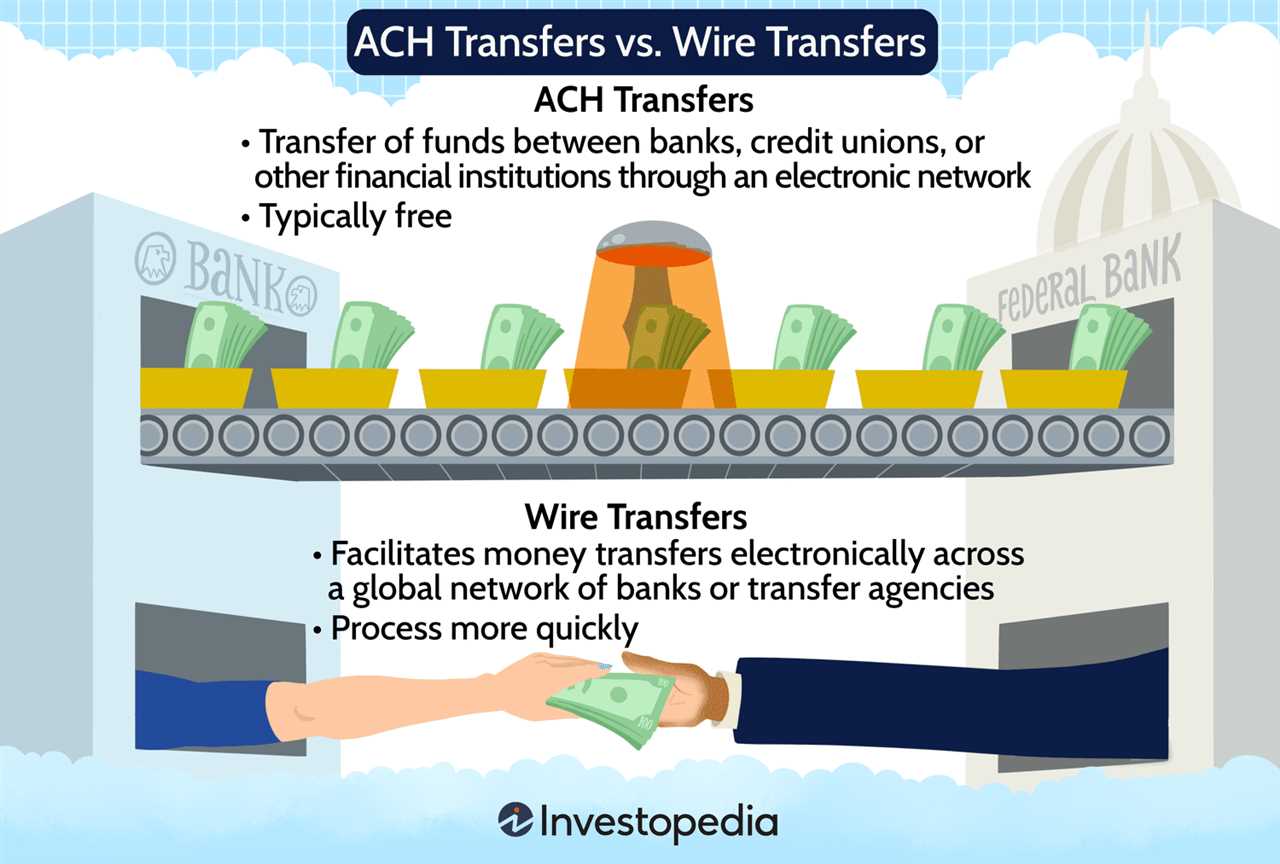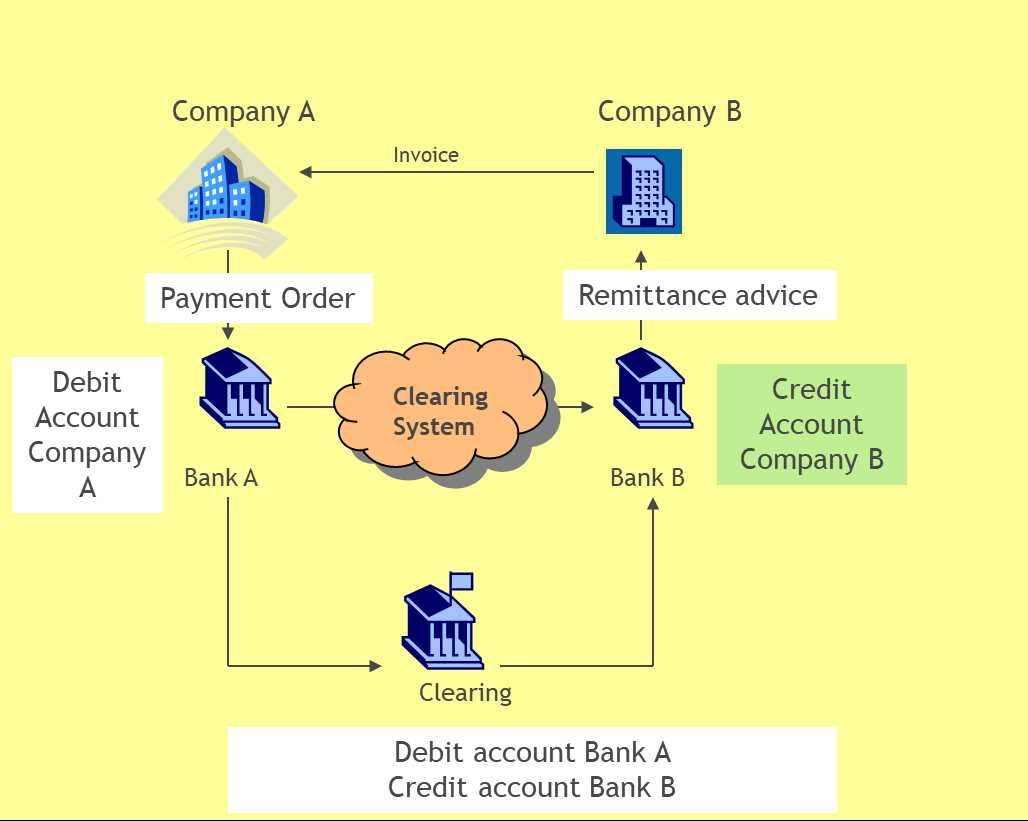Transfer Payment: Definition, Types, and Examples
A transfer payment is a type of government expenditure that involves the redistribution of income from one group or individual to another without any goods or services being received in return. It is essentially a transfer of money from the government to individuals or organizations for various purposes, such as social welfare, subsidies, or pensions.
There are different types of transfer payments that serve different purposes. Some of the common types include:
- Social Welfare Payments: These are payments made to individuals or families who are in need of financial assistance. Examples include unemployment benefits, food stamps, and housing assistance.
- Subsidies: Subsidies are payments made to businesses or industries to support their operations or encourage certain activities. Examples include agricultural subsidies, export subsidies, and research and development grants.
- Pensions: Pensions are regular payments made to retired individuals as a form of income support. These payments are typically funded through contributions made during the individual’s working years.
- Grants: Grants are financial assistance provided to individuals, organizations, or governments for specific purposes, such as education, healthcare, or infrastructure development.
- Transfers to Other Governments: Governments may also transfer funds to other levels of government, such as from the federal government to state or local governments, to support their operations or finance specific programs.
Transfer payments play a crucial role in addressing income inequality and providing support to individuals and organizations in need. They help to ensure a basic standard of living for those who are unable to support themselves financially and stimulate economic activities in certain sectors through subsidies and grants. However, it is important for governments to carefully manage and allocate transfer payments to ensure their effectiveness and prevent misuse or abuse.
Definition of Transfer Payment
A transfer payment is a type of government expenditure that involves the redistribution of income from one group to another without any corresponding goods or services being exchanged. It is a payment made by the government to individuals or businesses for which no goods or services are received in return. Transfer payments are typically used to support individuals or groups who are in need or to stimulate economic activity.
Transfer payments are different from other types of government spending, such as purchases of goods and services or investments in infrastructure. While those types of spending involve the exchange of goods or services, transfer payments are simply transfers of money.
There are various reasons why governments make transfer payments. One common reason is to provide financial assistance to individuals or families who are facing economic hardship. This can include programs such as unemployment benefits, welfare, or social security payments.
Transfer payments can also be used to support specific industries or sectors of the economy. For example, governments may provide subsidies or grants to businesses in order to promote job creation or stimulate economic growth.
Another purpose of transfer payments is to address income inequality. By redistributing income from higher-income individuals or businesses to lower-income individuals or groups, governments can help to reduce the gap between the rich and the poor.
It is important to note that transfer payments are funded by tax revenues or government borrowing. This means that they have an impact on the overall budget and fiscal health of the government. Governments must carefully consider the allocation of transfer payments to ensure that they are being used effectively and efficiently.
Types of Transfer Payment
Transfer payments can be classified into several types, based on their purpose and the entities involved. Here are some common types of transfer payments:
- Social Security Benefits: These are payments made by the government to individuals who are retired, disabled, or unemployed. Social security benefits aim to provide financial support and ensure a basic standard of living for those in need.
- Unemployment Compensation: Unemployment compensation is a type of transfer payment provided to individuals who have lost their jobs and are actively seeking employment. It is designed to provide temporary financial assistance until the individual finds a new job.
- Subsidies: Subsidies are transfer payments made by the government to businesses or industries to support their operations or encourage certain activities. For example, agricultural subsidies are provided to farmers to stabilize food prices and ensure a steady food supply.
- Grants and Scholarships: Grants and scholarships are transfer payments provided to individuals to support their education or research endeavors. These payments aim to promote access to education and encourage academic excellence.
- Disaster Relief Payments: In the event of natural disasters or emergencies, governments may provide transfer payments to affected individuals or communities to help them recover and rebuild. These payments can be used for housing, medical expenses, or other necessary expenses.
It is important to note that transfer payments are typically funded through taxes or government revenues. They play a crucial role in promoting social welfare, reducing inequality, and supporting economic stability.
Examples of Transfer Payment
A transfer payment is a type of government expenditure that does not involve the production of goods or services. Instead, it involves the redistribution of income or wealth from one group of individuals or entities to another. Transfer payments are typically made to individuals or households in need, such as those who are unemployed, disabled, or retired.
There are several types of transfer payments that governments make to support individuals and promote social welfare. Here are some examples:
1. Social Security Benefits
Social Security benefits are a common type of transfer payment. These benefits are provided to retired workers, disabled individuals, and the dependents of deceased workers. The funds for Social Security benefits are collected through payroll taxes and are used to provide financial support to those who are eligible.
2. Unemployment Benefits
Unemployment benefits are another type of transfer payment. These benefits are provided to individuals who have lost their jobs and are actively seeking employment. The purpose of unemployment benefits is to provide temporary financial assistance to individuals during periods of unemployment.
3. Welfare Programs

Welfare programs, such as Temporary Assistance for Needy Families (TANF) and Supplemental Nutrition Assistance Program (SNAP), are transfer payments that provide financial assistance to low-income individuals and families. These programs aim to alleviate poverty and provide basic needs, such as food, shelter, and healthcare.
4. Medicaid

Medicaid is a government-funded healthcare program that provides transfer payments to individuals and families with low incomes. Medicaid covers medical expenses, including doctor visits, hospital stays, prescription medications, and long-term care services.
5. Pell Grants
Pell Grants are transfer payments provided by the government to eligible students to help cover the cost of higher education. These grants are awarded based on financial need and do not need to be repaid. Pell Grants enable students from low-income backgrounds to access higher education opportunities.
These examples demonstrate how transfer payments play a crucial role in supporting individuals and promoting social welfare. By providing financial assistance to those in need, transfer payments help reduce inequality and ensure a basic standard of living for all members of society.

Emily Bibb simplifies finance through bestselling books and articles, bridging complex concepts for everyday understanding. Engaging audiences via social media, she shares insights for financial success. Active in seminars and philanthropy, Bibb aims to create a more financially informed society, driven by her passion for empowering others.
